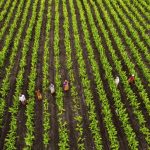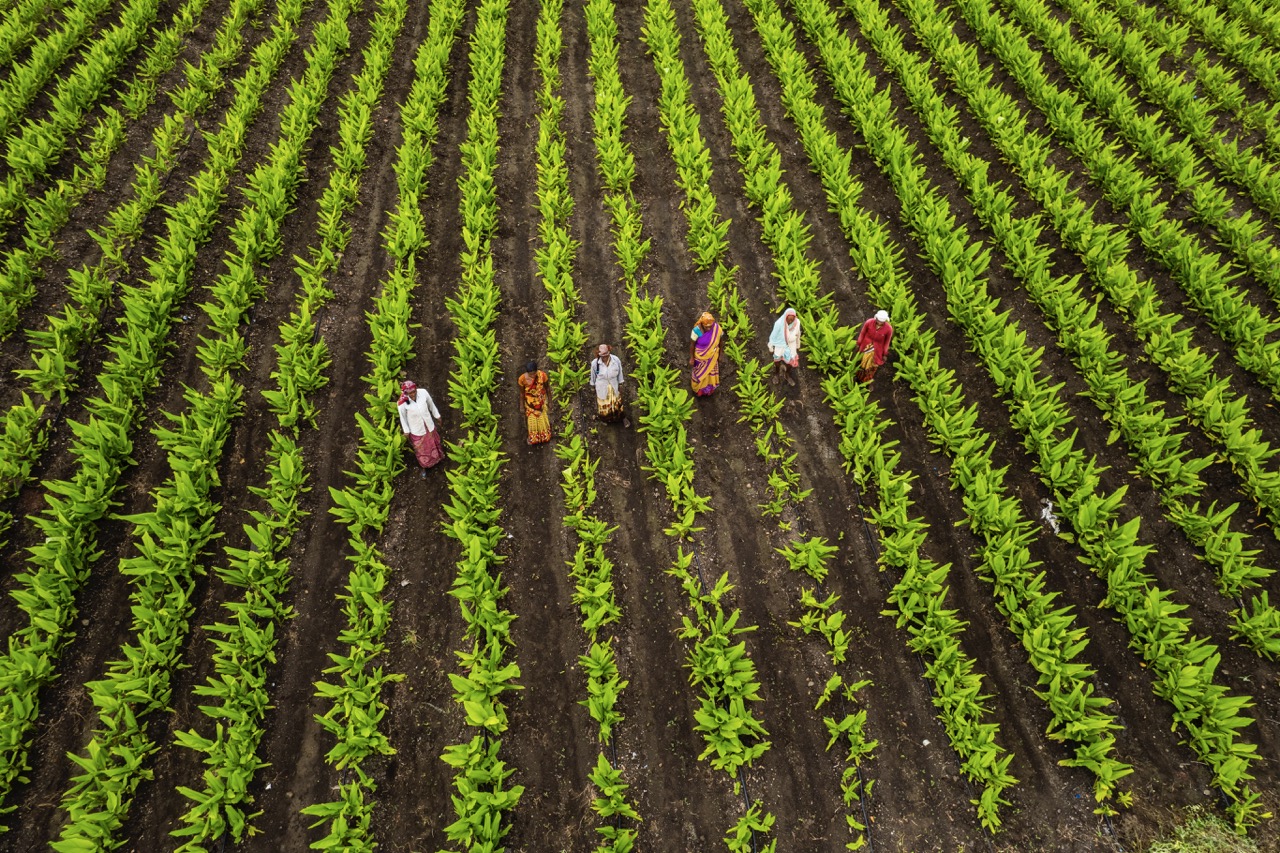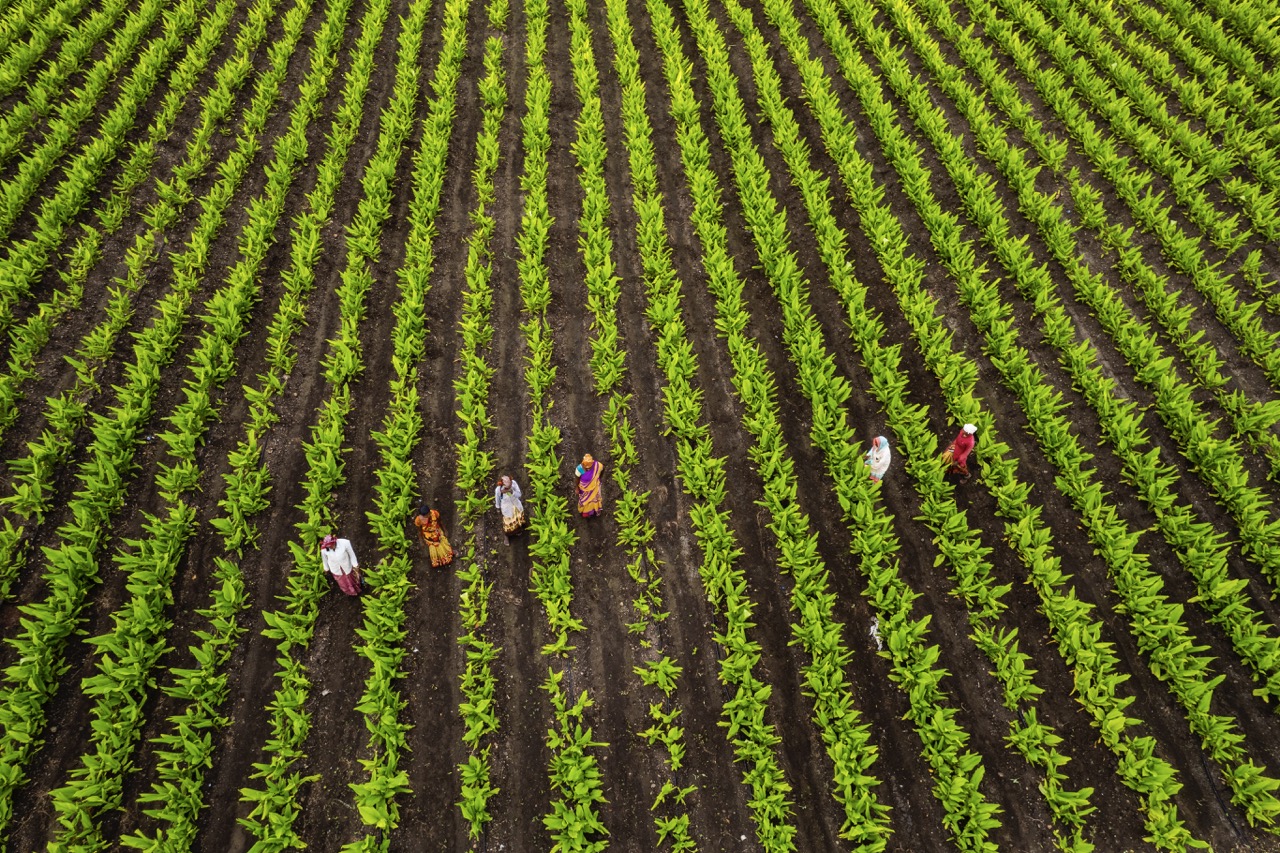In the pursuit of sustainable agriculture, the importance of soil health cannot be overstated. Farmers and land managers are increasingly turning to cover crops as a pivotal strategy for enhancing soil structure and overall ecosystem resilience. Cover crops, typically grown during the off-season, play a critical role in maintaining soil integrity, reducing erosion, and improving nutrient cycling. This article explores how to effectively use cover crops to bolster soil structure, underscoring their benefits, selection criteria, management practices, and the necessity of ongoing evaluation.
Understanding the Role of Cover Crops in Soil Health
Cover crops serve multiple functions that contribute significantly to soil health. Primarily, they enhance soil structure by increasing organic matter, which improves the soil’s ability to hold water and nutrients. When cover crops decompose, they create a rich matrix of organic material, which provides habitat for beneficial microorganisms and improves soil aggregation. This aggregation is essential for creating pore spaces that allow for better air and water movement, which is crucial in preventing compaction and promoting root growth.
Additionally, cover crops mitigate soil erosion by stabilizing the soil with their root systems. Their foliage reduces the impact of raindrops on bare soil, thus minimizing surface runoff and erosion. This is particularly important on sloped landscapes where the risk of soil loss is heightened. By planting cover crops, farmers can protect their soil against the elements, ultimately leading to healthier, more resilient agricultural systems.
Moreover, cover crops can also suppress weeds, reducing the need for chemical herbicides, thus promoting a more sustainable agricultural practice. By outcompeting undesirable plants for light, nutrients, and space, these crops create a cleaner and more productive growing environment. Together, these functions of cover crops not only enhance soil structure but also contribute to long-term agricultural sustainability.
Selecting the Right Cover Crops for Your Soil Type
Choosing the appropriate cover crops is essential to maximizing their benefits for soil structure. Different crops have varying root structures and growth habits, which can influence how they interact with soil. For instance, deep-rooted species like radishes can penetrate compacted layers, breaking them up and allowing for improved drainage and aeration, while shallow-rooted crops like clover can build organic matter closer to the surface. Understanding your soil type and its specific needs is critical in making the right selection.
Additionally, climatic conditions and the specific goals of the cover crop should guide selection. For example, legumes like vetch or peas are excellent choices for nitrogen fixation, which enhances soil fertility while improving structure. Conversely, grasses such as rye or barley can add substantial biomass and protect soil from erosion. It’s important to consider the growing season and whether the cover crops will be terminated in a way that aligns with subsequent crop planting schedules.
Finally, local ecological conditions, such as pest pressures and disease history, should influence your cover crop choice. Some plants may be more resilient to pests or diseases common in your area, which can help maintain a healthy soil ecosystem. By carefully selecting cover crops tailored to your soil and environmental context, farmers can optimize the benefits of these crucial plants.
Best Practices for Planting and Managing Cover Crops
Effective management is key to realizing the full potential of cover crops in improving soil structure. Timing of planting is critical; it’s essential to establish cover crops early enough to maximize growth before winter conditions set in. This typically means sowing them several weeks before the first expected frost. Proper seeding rates and methods, such as broadcast sowing or drill seeding, are also vital, as they can influence the density and effectiveness of cover crop establishment.
Maintaining healthy cover crops throughout their growth cycle involves regular monitoring for pests and diseases. While cover crops generally help suppress pests, they can also attract unwanted insects if not managed properly. Integrated pest management practices should be employed to keep any potential threats in check, ensuring that the cover crops continue to thrive and provide their soil-enhancing benefits.
Termination of cover crops is another crucial step, as the method employed can greatly influence soil structure outcomes. Options include mowing, tilling, or using herbicides, each having different implications for soil disturbance. No-till or reduced tillage methods are generally preferred, as they preserve soil structure while allowing the cover crop’s organic matter to contribute to soil health. By implementing these best practices, farmers can maximize the benefits of cover crops in building and maintaining soil structure.
Monitoring and Evaluating Improvements in Soil Structure
Once cover crops are established and managed, monitoring their impact on soil structure is essential for assessing effectiveness. Evaluative measures can include soil compaction tests, infiltration rates, and aggregate stability tests. These metrics help gauge improvements in soil health and provide quantifiable data to inform future agricultural practices. Regular soil testing can also reveal changes in nutrient profiles and organic matter content, offering insights into the long-term benefits of cover cropping.
Farmers can also observe visual indicators of soil health, such as improved earthworm populations and increased microbial activity, both of which contribute to enriched soil structure. These biological indicators reflect a thriving soil ecosystem and are often linked to the incorporation of cover crops. Keeping a detailed record of these observations can help in understanding the impacts of cover crops over time.
Lastly, engaging with local agricultural extension services or soil health networks can facilitate knowledge sharing and provide additional resources for monitoring soil improvements. Participating in workshops or field days can help farmers stay informed about best practices and emerging research related to cover cropping. By consistently evaluating the effectiveness of cover crops, farmers can refine their practices, ensuring that their efforts lead to sustainable improvements in soil structure.
The integration of cover crops into agricultural practices is a powerful strategy for enhancing soil structure and promoting overall soil health. By understanding their role, selecting appropriate varieties, implementing best management practices, and monitoring their effectiveness, farmers can contribute to a more sustainable agricultural future. Investing in cover crops not only aids in immediate soil improvement but also lays the foundation for resilient and productive farming systems for generations to come.










